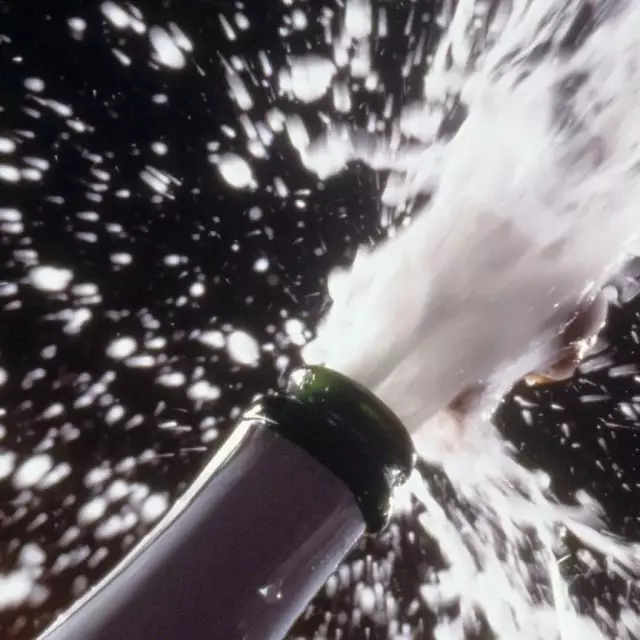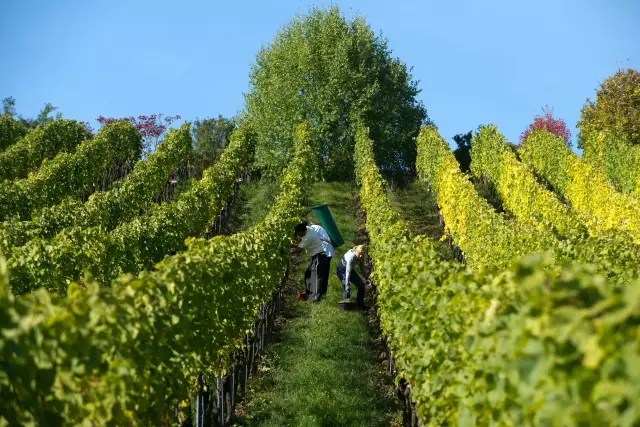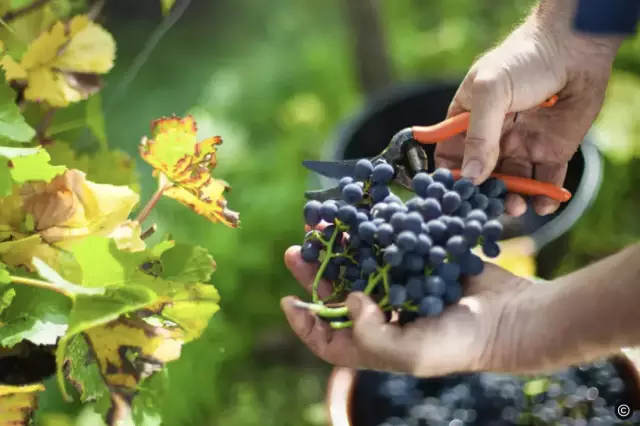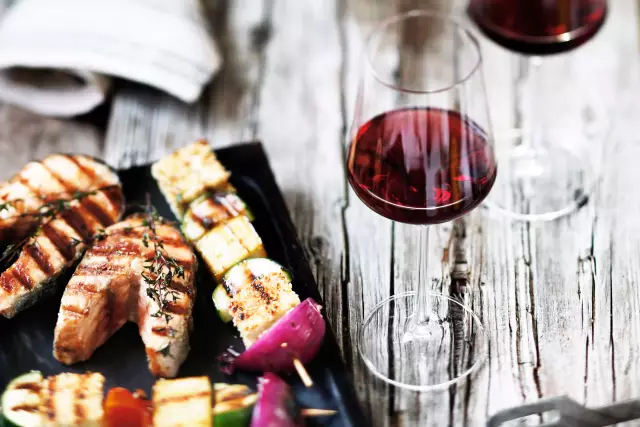Aktuelle Meldungen
-
News Ein Blick in die Anbaugebiete - Weinjahrgang 2024 mit kleinen Mengen und guten Qualitäten 15.11.2024
Fruchtig, spritzig, mineralisch: Den Weinen des Jahrgangs 2024 wird man vermutlich nicht anmerken, wie viel Arbeit mit ihm verbunden waren.
Mehr erfahren -
News Wahl der Deutschen Weinkönigin: Die fünf Finalistinnen stehen fest 23.09.2024
Mit profundem Fachwissen und einem souveränen Auftritt haben fünf der zwölf Kandidatinnen in der Vorentscheidung zur Wahl der 76. Deutschen Weinkönigin die Jury überzeugt und den Einzug ins Finale geschafft.Mehr erfahren -
News Optimistischer Start in die Hauptweinlese 11.09.2024
Nachdem in der vergangenen Woche vereinzelt die Weinlese frühreifer Sorten für die Weinbereitung begonnen hat, sind nach Angaben des Deutschen Weininstituts (DWI) in dieser Woche in vielen Regionen die Winzerinnen und Winzer optimistisch in die Hauptweinlese gestartet.Mehr erfahren
Ahr
With 529 hectares of vineyards, the Ahr is one of the smallest wine-growing regions in Germany. Mainly red wines thrive on the steep slopes above the river.
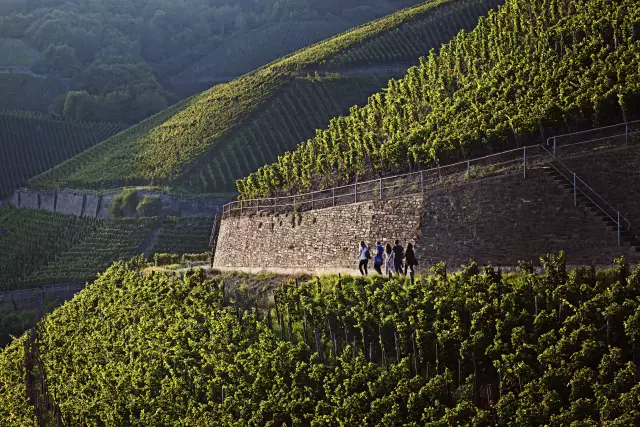
Baden
The Baden winegrowing region, with 15,727 hectares of vineyards the third largest in Germany, extends in a north-south direction over a length of about 400 kilometers.
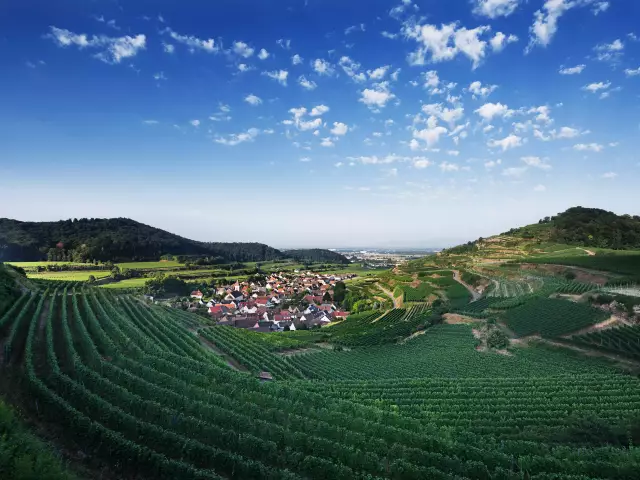
Franken
The Bocksbeutel is the trademark of Franconian wine, which has been cultivated for over 1200 years, especially along the Main River. Franconian wine country is bordered by the Rhön Mountains to the north, the Steigerwald Forest to the east, the Tauber Valley to the south and the Spessart Mountains to the west.
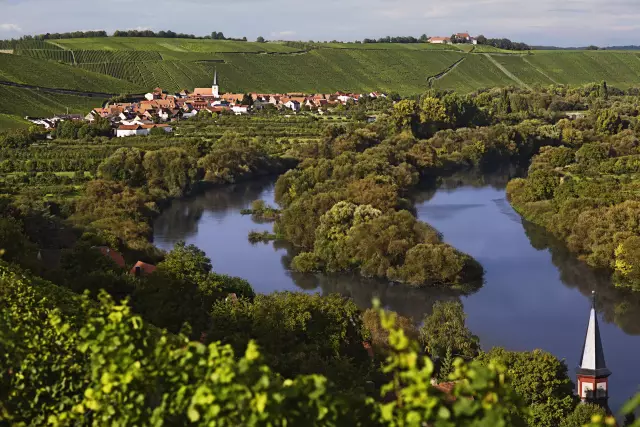
Hessische Bergstraße
When it is still cool in March or April in some places, the almond blossom already begins on the Hessian Bergstrasse. Spring usually starts a few days earlier.
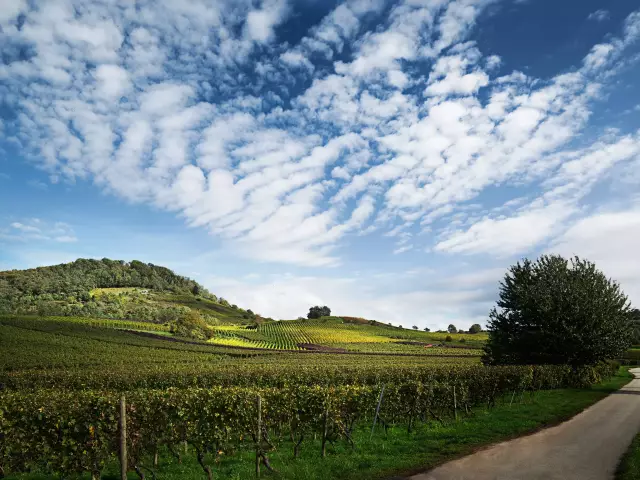
Pfalz
the Palatinate has many superlatives: the largest wine festival in the world in Bad Dürkheim, but also the first and most famous wine street, the German Wine Street.
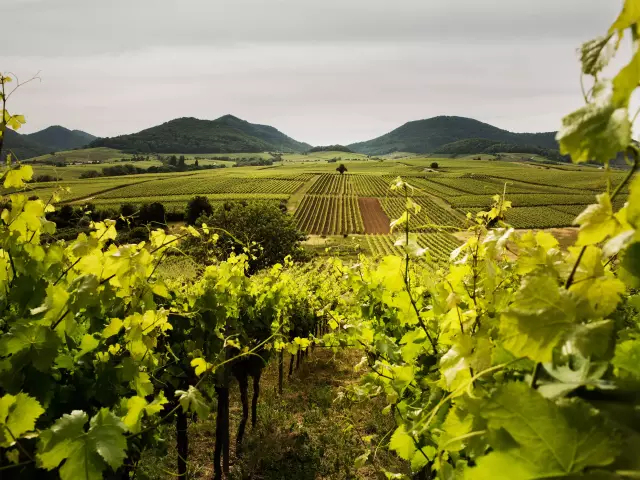
Rheingau
It is thanks to a freak of nature that the Rhine, which otherwise flows in a northerly direction, turns almost at right angles to the west at Wiesbaden, only to flow north again just 30 kilometers later at Rüdesheim am Rhein.
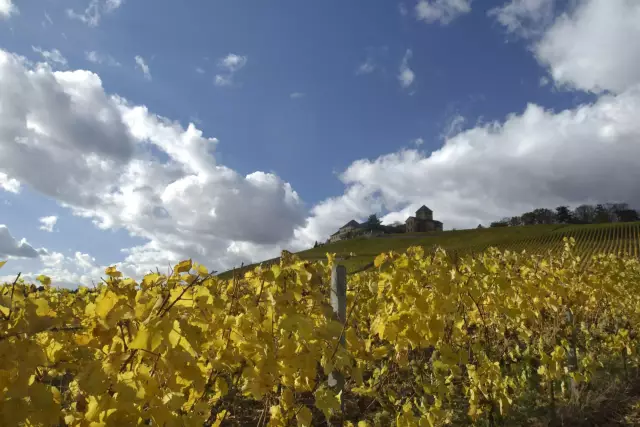
Rheinhessen
A thousand hills and vines as far as the eye can see - that is Rheinhessen, Germany's largest wine-growing region.
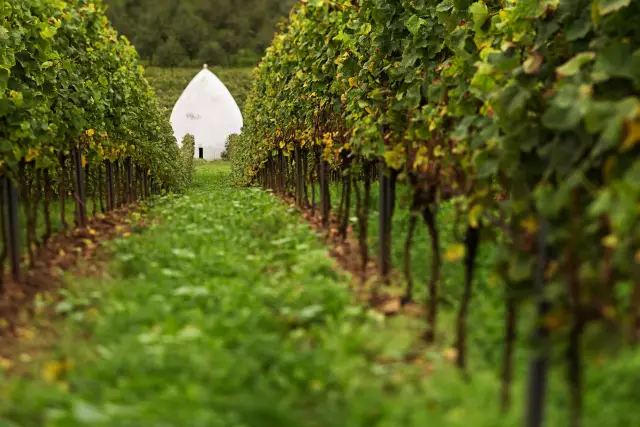
Mittelrhein
The Rhine Valley between Bingen and Bonn offers a picturesque backdrop. Vineyards crowned by castles and medieval towns adorn the banks of the Rhine.
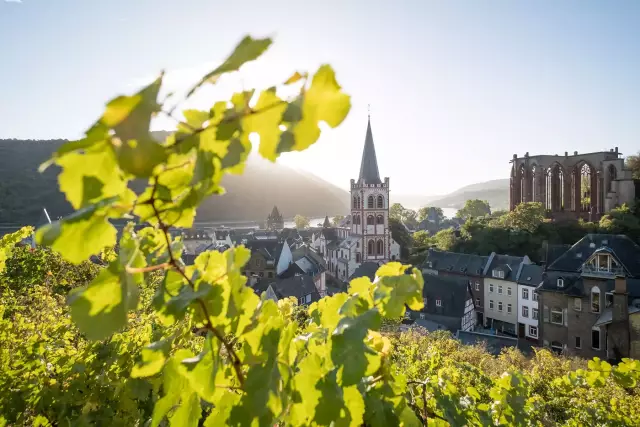
Mosel
The wine-growing region along the Moselle, Saar and Ruwer rivers is considered Germany's oldest wine region. The Romans brought viticulture to the Moselle on a grand scale.
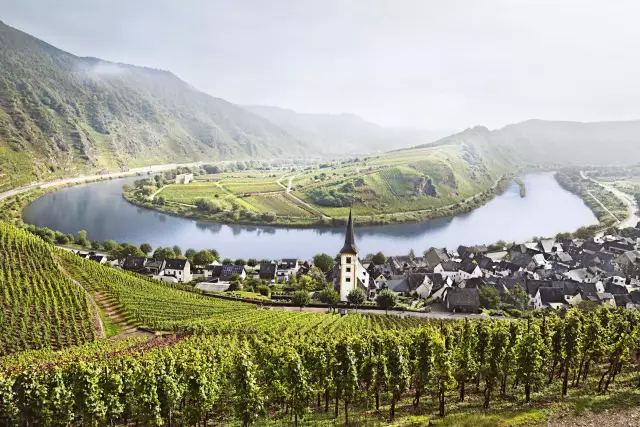
Nahe
On the Nahe, visitors can expect gentle greenery, romantic river valleys and dramatic rock formations and also hospitable winegrowers and their diverse wines.
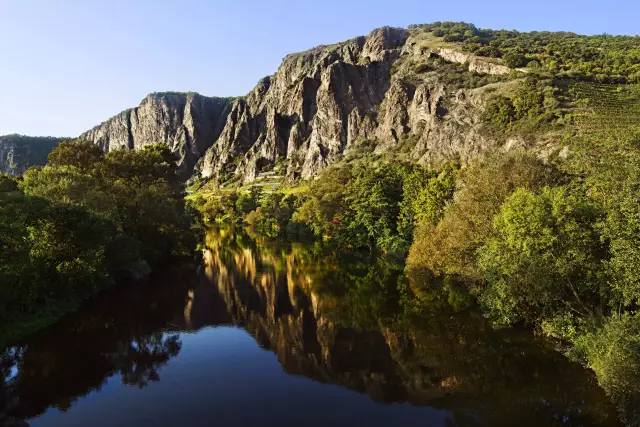
Saale-Unstrut
Two rivers give the growing region its name, as the mostly terraced vineyards are mainly located in the narrow river valleys of the Saale and Unstrut rivers.
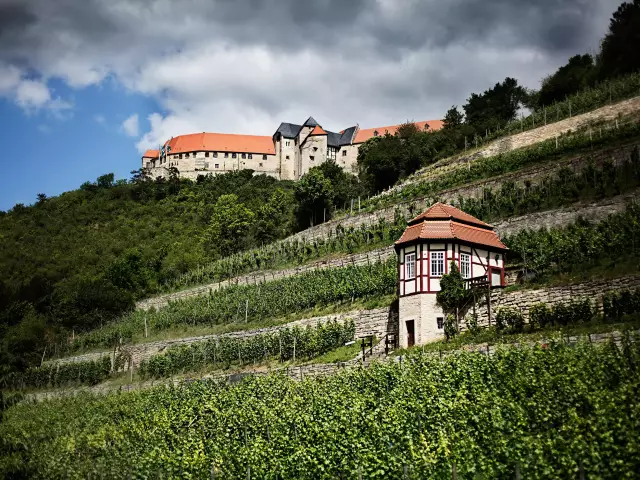
Sachsen
Sachsen is the easternmost and, with 522 hectares, one of the smallest wine-growing regions in Germany. The vineyards only begin near Dresden, at 51 degrees north latitude.
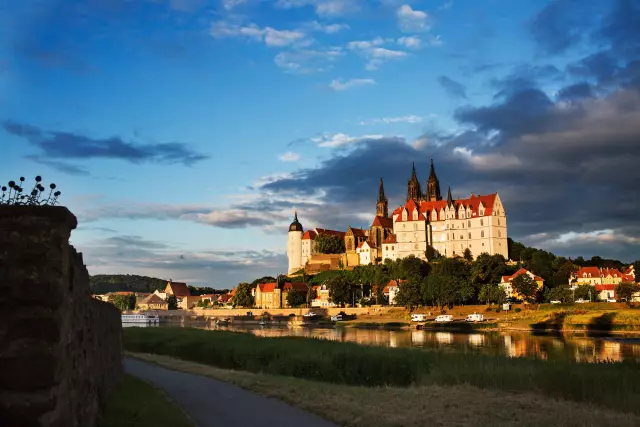
Württemberg
Among the major German wine-growing regions, Württemberg ranks fourth with 11,392 hectares. Here, red grape varieties dominate the vineyards with 65 percent.



